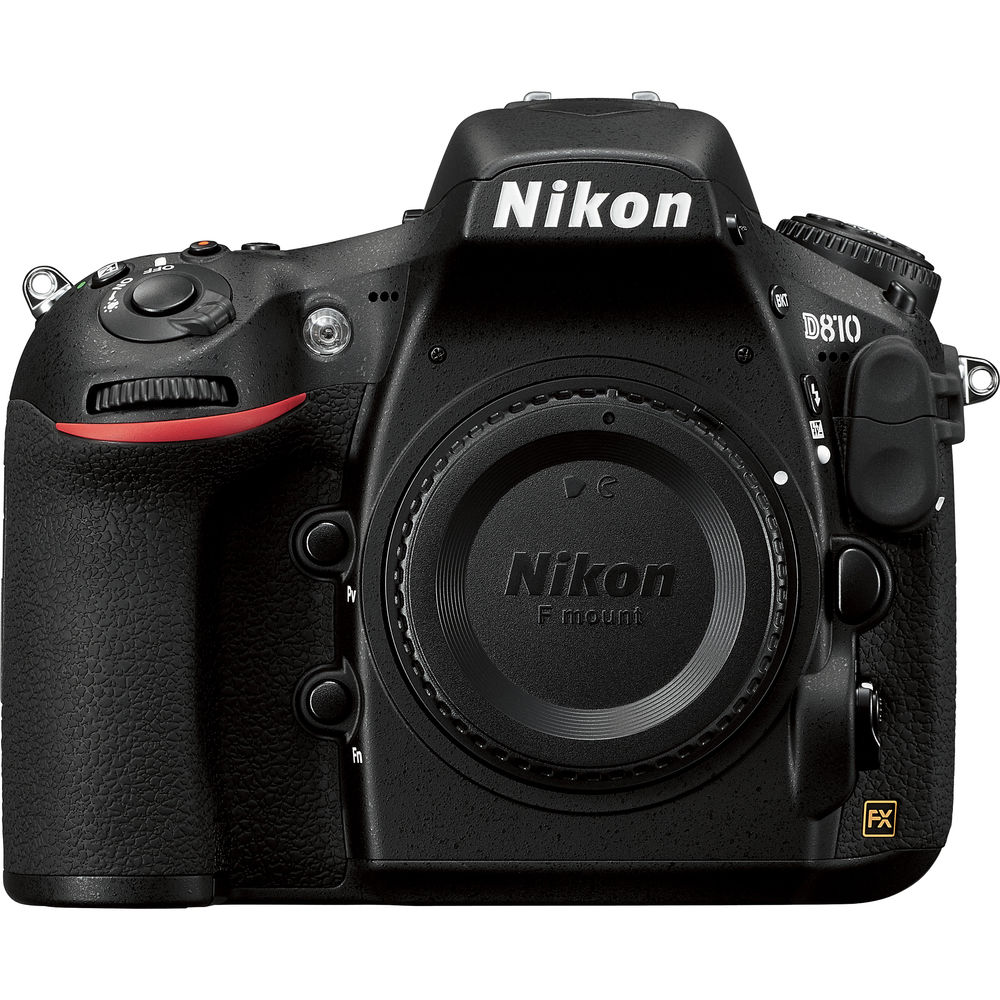The blue hour is the period of twilight early in the dawn and late in the dusk when the Sun is well below horizon and the short blue wavelengths of sunlight illuminate the sky instead of the longer red wavelengths. During the "blue hour", red light passes straight into the space and the blue light is scattered in the atmosphere and reaches the earth's surface. Blue hour is very popular among landscape photographers who like to produce rich sky colors early in the morning or later in the evening mixed with the artificial light sources and other subjects, buildings for example. I also love shooting night cityscapes because of the rich colors and the mood it reflects. Last Friday after work, I drove to the Baltimore city to try some blue hour photography. Baltimore Inner Harbor is a familiar spot to me where I have shot before and I chose this location for the blue hour photography because I wanted to include the buildings and its reflection on the water mixed with the blue hour sky and create a contrasty and a high dynamic range picture. I reached there before the sunset and walked around the harbor to find a good composition. Once I found the right composition, I setup the camera on the tripod, adjusted the camera controls and waited for the blue hour to start after the sunset.
I set my camera into an aperture priority mode (A) with an aperture value of f/11 and ISO 200 while the camera adjusted the shutter speed for me automatically. Initially, I took few shots to test the colors and the composition and once I was happy with the result, I bracketed for the 5 shots with an EV value difference of 1 (-2EV, -1EV, 0, +1EV and +2EV). The shot below is an HDR version of those five bracketed shots merge into one using Adobe Lightroom.
Blue Hour Photography (click the image to view full size)
I used Nikon 16-35mm f/4 lens on Nikon D700 body and focused manually into infinity so that I can get the entire frame from the foreground to the background in focus. I also used the shutter release cable to minimize the camera shake which helps to produce the sharper image. If you have any question or comments about the photographs or the process of taking this photograph, please let me know in the comment section below. Happy Shooting!











